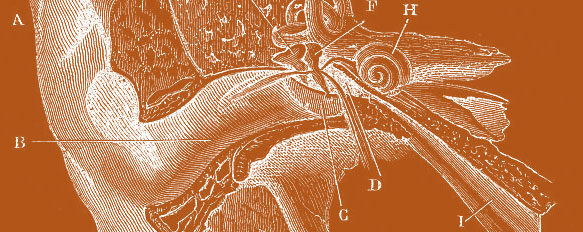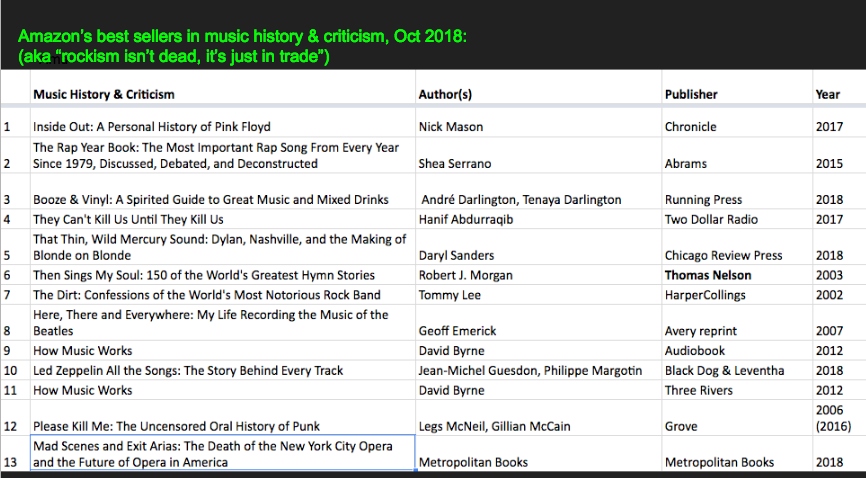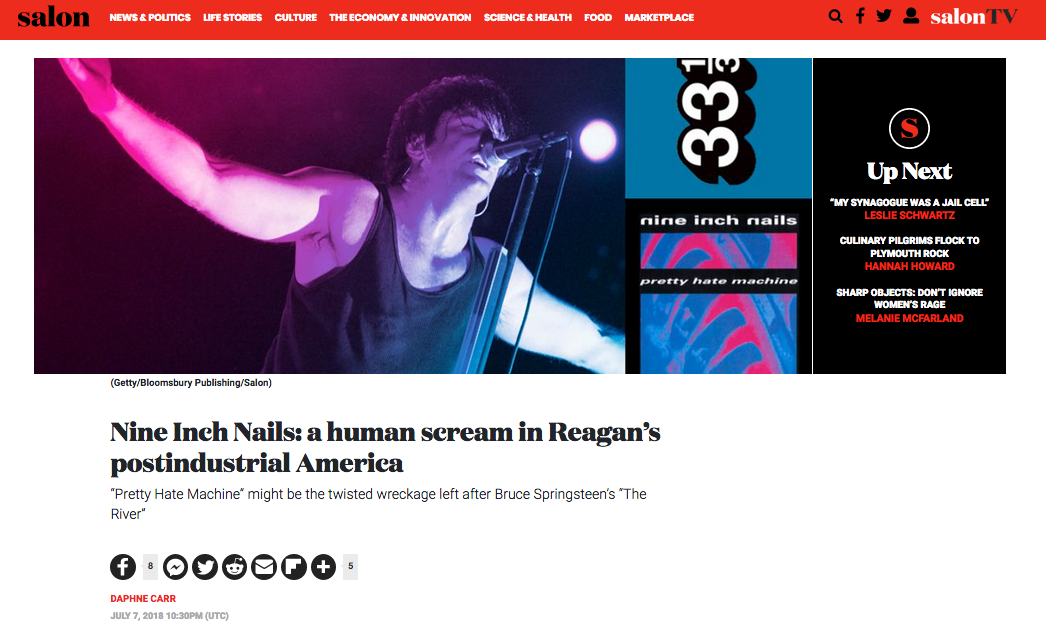Excited for the world premier of this incredible piece of film art, Preemptive Listening, by Aura Satz, as part of Doc Fortnight at MOMA in NYC Feb 23. The film contains snippets of interviews Satz and I did about sirens and imaging a future where care-based institutions lessen the need for emergency services.
Directed, written and edited by Aura Satz
Producer: LONO Studio – Luke W Moody, Aura Satz
Associate Producer: Tendai John Mutambu
Co-Producers: Mika Taanila, Jussi Eerola for Testifilmi
In an age of intersecting political, man-made and ecological disasters, ‘Preemptive Listening’ is an ode to the sirens that are and those that could be. Siren compositions from over 20 collaborators form a resonant voice to ask; Does an alarm have to be alarming?
Featuring newly composed sirens by (in order of appearance)
In an age of intersecting political, man-made and ecological disasters, ‘Preemptive Listening’ is an ode to the sirens that are and those that could be. Siren compositions from over 20 collaborators form a resonant voice to ask; Does an alarm have to be alarming?
Newly reimagined sirens composed by (in sequential order):
Laurie Spiegel (astronomical planetary data)
Evelyn Glennie (percussion, thundersheet)
Maja Raatkje (voice, bells)
Anton Lukoszevieze (cello)
BJ Nilsen (wind, water, electronics)
Ilpo Väisänen (electronics)
Rhodri Davies (harp)
Mazen Kerbaj (trumpet)
FUJI||||||||||TA (insects, bats, DIY organ, electronics)
Laurie Spiegel (manatees, dogs, cicadas, electronics)
Sarah Davachi (organ, bells)
David Toop (fire, sparks, smoke, electronics)
Christina Kubisch (security electromagnetic sounds)
Moor Mother (sirens, electronics)
Raven Chacon (wind harps, solar-powered oscillators)
Elaine Mitchener (voice, whistles)
BJ Nilsen (wind, electronics)
Ilpo Väisänen (electronics)
Camille Norment (feedback sounds, voice)
Evelyn Glennie (cymbal sculpture, gong, percussion)
Mazen Kerbaj (49 trumpets of Jericho, voice)
Horomona Horo (Taonga Puoro)
Debit (Mayan instruments, AI, Schumann resonance)
Evelyn Glennie (waterphone, water triangle)
Raven Chacon (eagle bone whistle)
Kode 9 (sine wave shepard tones)
and spoken by:
Khalid Abdalla (actor and activist in the Arab Spring)
Daphne Carr (organizer and police sound weapons scholar)
Asantewaa Boykin and Niki Jones (co-creators of Mental Health First – ‘MH First’)
Erin Matariki Carr (Māori law scholar and activist, co-lead for RIVER)
Arturo Escobar (anthropologist and environmental philosopher)
Supported by:
AHRC, OKRE
With additional support from:
AND festival, Sonic Acts, Cinema Residency at Walker Arts Centre, Kunsternes Hus, Tyneside Cinema, Creative New Zealand, Avek, Artist Residency at EMPAC, CPH:FORUM 2021, RCA, Kodak
preemptivelisteningfilm.com/

Locations include a siren factory and siren junkyard in the USA, a coal-fired power station in the UK, sirens near the seawall in Fukushima, a storm surge barrier in the Netherlands, sirens in Israel and Palestine, a volcano monitoring station in Chile, and alternative readings of the siren in a sanctuary mountain in Aotearoa New Zealand.


